It’s Not About the Airplane: Envisioning the A-X2
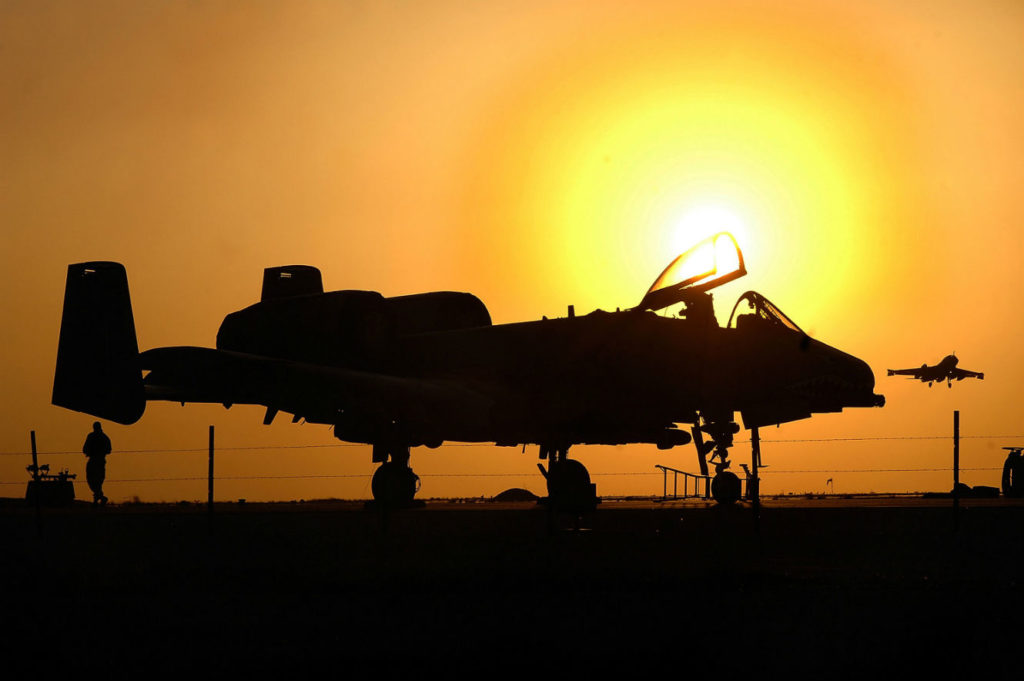
The ongoing debate over the A-10 is settled only in the short term. Congress has directed the Air Force to retain the A-10 airframe, and that is sensible for now, but it is only a short-term fix. The fundamental problem for the Air Force, however, is twofold: The A-10 is an ageing airframe that is increasingly costly to keep flying, and there is no aircraft design on the horizon intended to fill the shoes of that aircraft when it retires.
The fiscal realities faced by the Department of Defense have made a bad situation worse. Aircraft recapitalization must take place under conditions where chronic underfunding has also brought readiness levels to points not seen since the late 1970s. Everything from aircrew training to munitions procurement has been starved of resources. The Air Force’s combat aircraft portfolio is being pulled apart by competing priorities, not all of which can be funded. Under these conditions, the Air Force needs to reprioritize, letting go of some cherished programs because of their impact on the rest of the force. For the United States to maintain a viable airpower capability, the Department of Defense will have to retrench, avoid the exquisite technology that has come to characterize aircraft procurement, and focus on utility and affordability. It may be possible to adequately fill the niche occupied by the A-10 with a capable, affordable aircraft, but tradeoffs will have to be made. All aircraft (excepting the B-52) reach the end of their service lives at some point, and regardless of whether or not the A-10 is replaced now, it will have to be replaced eventually. The discussion about replacing the A-10’s capabilities is fundamentally a discussion about evolving airpower capabilities. It’s not about the airplane.
The aircraft that might replace the A-10 is generically referred to as A-X, reusing a term that was used both for the A-10 and which led to the procurement of the A-7D Corsair II as an interim attack aircraft. Proposed in 2015 by Chief of Staff General Mark A. Welsh III, the A-X is still largely undefined. One Air staff study divided attack aircraft requirements into two variants, one for uncontested airspace and one for conditions that were a little more threatening. The former requirement is squishy. It is a role that might be affordably filled by off-the-shelf aircraft, namely the A-29 or AT-6C. But the latter role — in contested airspace — requires some re-imagining of what aircraft might fill the A-10’s role when the aircraft eventually goes away. For that, some context is in order.
The A-10 Thunderbolt II, commonly-called the “Warthog”, is a multirole attack aircraft and the last jet attack aircraft flown by the Air Force. Often mischaracterized as an airplane for CAS, the aircraft actually does a great deal more. A-10s have conducted interdiction, combat search and rescue (Sandy), rescue escort (RESCORT), armed reconnaissance, forward air control (FAC-A), and on occasion, defense suppression. In Operation Odyssey Dawn, A-10s bagged their first naval vessel, adding a counter-maritime role to the resume. The community of aviators that fly the A-10 served as the Air Force’s primary repository of CAS expertise prior to 2001, when other communities maintained CAS as a secondary mission. But the Hog is by no means the only aircraft that does CAS, just like the F-15 is not the only aircraft that does counter-air missions.
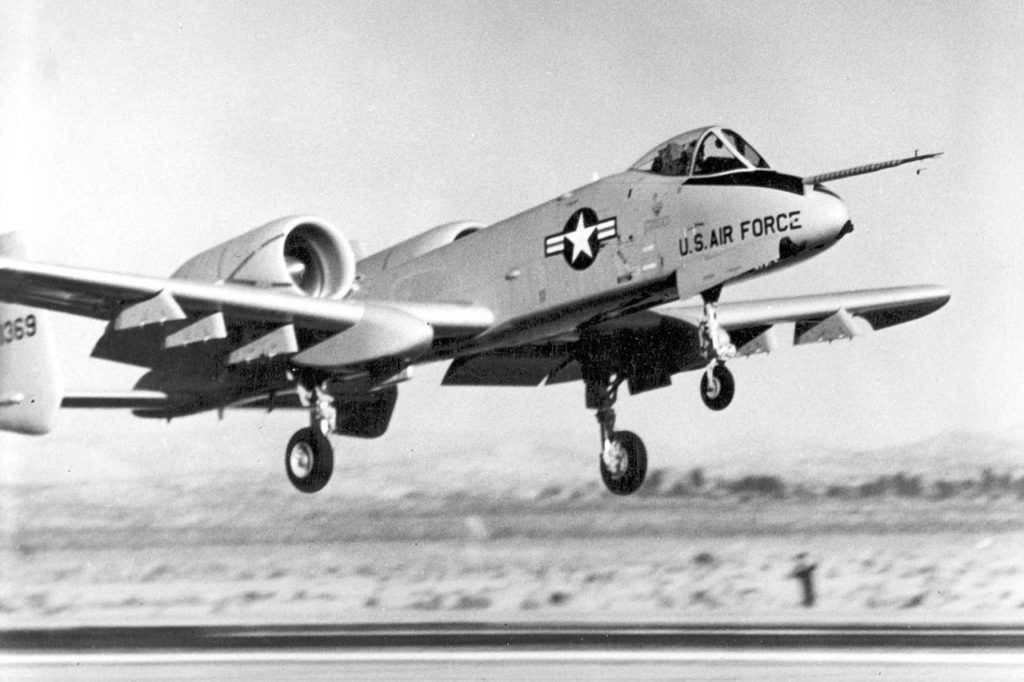
The A-10 was developed out of an A-X program, started in 1966 to create a next-generation attack aircraft. The Hog’s massive gun, the GAU-8A, was developed alongside the aircraft — neither the prototype YA-10 nor the YA-9 had it installed. At the time, the Air Force had no shortage of Vietnam-experienced attack pilots, particularly from the A-1 Skyraider, who were consulted on their attack preferences. The initial concept identified four attributes: responsiveness, lethality, survivability, and simplicity. The threat posed by the Warsaw Pact loomed large in the 1970s, and the aircraft was designed to fight in a European environment — during daylight and under the weather. As later demonstrated in a 1974 fly-off between the A-10 and the A-7D Corsair II, the Hog’s relatively slow speed made operations under the weather feasible, and allowed attacks under lower ceilings and in worse visibility than the faster jet could handle. Plus, the A-10 could loiter for two hours, compared to the Corsair’s 11 minutes.
During the Cold War, the European battlefield was expected to be a brutal survivability challenge for aircraft. Soviet maneuver formations brought with them surface-to-air missiles (SAMs) and radar directed guns. In 1973, Soviet-supplied SA-6 Kub SAMs and ZSU-23-4 Shilka antiaircraft vehicles tore through Israeli aircraft over the Sinai Peninsula, contributing mightily to the 102 Israeli aircraft lost during the Yom Kippur War. The A-X program office calculated that a Soviet motorized division had 582 AAA pieces from 14.5mm to 57mm. Tellingly, 522 of those were 14.5mm machine guns, 38 were 23mm cannon, and only 18 systems in the whole division were radar guided (four platoons of ZSU-23-4). The A-10 was thus designed to survive multiple hits by Soviet 14.5mm rounds, with some protection against the larger 23mm rounds and fragments from the few 57mm rounds. The aircraft had redundant engines, flight controls, control surfaces (rudder and ailerons), firewalls, and remarkably, structural members that support the wings. It could land with the gear up with little damage. It was as fire-resistant as it was possible to make an airplane. It worked. Some 70 A-10s were hit in Desert Storm; many were repaired so quickly that the repairs never made it into the reporting system. None were lost to fire damage.
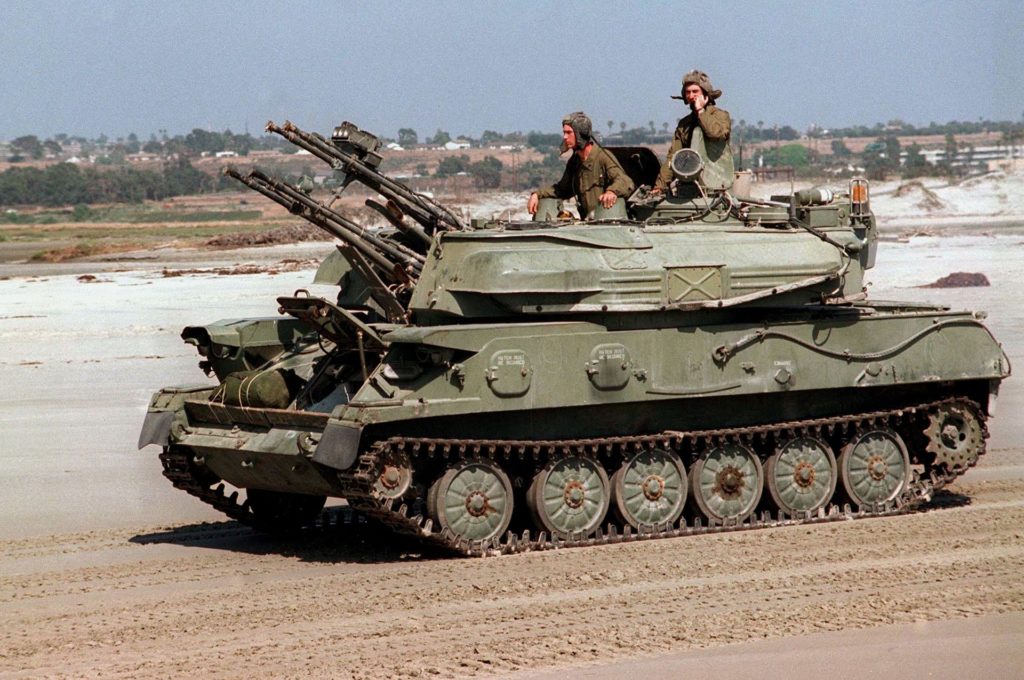
In the intervening years, a mythology grew up around the Hog: The gun could bust heavy armor. The aircraft was designed to take 57mm fire. The aircraft is ideal for “high-threat CAS.” The gun is simply irreplaceable. Now, the latest myth is that it is the only aircraft that does CAS worth a damn, and that its retirement would effectively announce that the Air Force has given up the CAS mission. This mythology, encouraged by some of the pilots that flew Hogs, has complicated any discussion about replacing the aircraft, and led to a subtle subtext — that the aircraft cannot be replaced except by another one just like it.
That, of course, is nonsense. Other aircraft can and have done CAS, and other aircraft will. Replacing the A-10 with the A-X (which should probably be called A-X2 for clarity) is the eventual outcome of the limits of the A-10’s lifespan. An eventual replacement is awaiting any successful aircraft; else more Air Forces would still be flying the mighty Phantom II. The Government Accountability Office (GAO) was studying an A-10 replacement in 1988, and the YA-7F Super Corsair was built precisely because of doubts about the A-10s ability to do deep interdiction. Although the F-35 is not a credible replacement for all of the A-10’s niche capabilities, that is not to say the niche cannot be occupied by something else. The reality is the operational environment has changed since the YA-10 first flew, and it has changed in ways that require the A-X2 to be more than a stopgap solution. Properly done, an A-X2 might occupy a similar niche that the A-10 used to occupy, but one that reflects 40 years of change.
The Threat
The threat has changed, both strategically and tactically. The Air Force has been engaged in irregular conflicts continuously since 1991. The Warsaw Pact is long gone. Air defenses have evolved, and so has antiaircraft artillery (AAA). Irregular adversaries like ISIL are limited to heavy machine guns while modern air defenses are better armed than ever. The A-10 was designed against a threat array that no longer exists. The A-10’s primary radar-guided AAA adversary was the ZSU-23-4, firing four 23mm automatic cannon. The infra-red SAMs of the era were the SA-9 and the SA-7, while the SA-8 was the sole mobile short-range SAM in the Soviet inventory. Additionally, the Soviets used guided and unguided 57mm, from the single-barrel S-60 gun and the twin-barreled ZSU-57-2 antiaircraft tank.
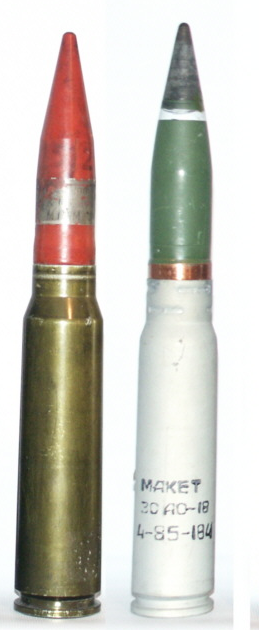
By the time the A-10 was in production, the Soviets were already moving away from the 23mm round because of insufficient lethality and short effective range. Requirements were already on Moscow’s books for a better round three years before the Yom Kippur War. They were also impressed by the German Gepard Flakpanzer, which had its own acquisition radar, fire control radar, and two 35mm cannon (which most of NATO prefers for light AAA). The Gepard prototypes were ordered in 1971, and it seems likely the Soviet designers had Flakpanzer-envy. The Soviets never built a 35mm gun, so their new AAA tank ended up with four 30mm guns, and then some SA-19 SAMs to boot. By the time the Tunguska system was fielded to replace the Shilka around 1980, the migration away from 23mm was well underway. Ironically, the Russian 30mm round matches the GAU-8A’s 30mm round very closely in size, shape, and weight. A round intended to bust
medium tanks will defeat any armor an aircraft can haul aloft — and these shells come in bursts of as many as 250 rounds. Ironically, the shells designed to defeat the A-10 are virtually identical to the rounds fired by the A-10.
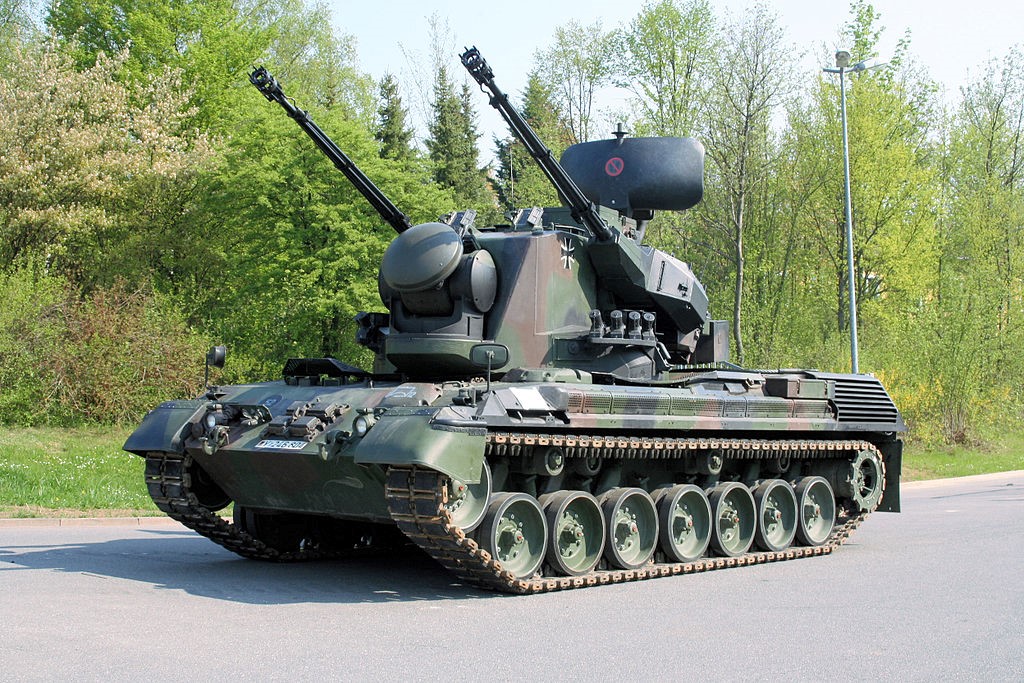
Similarly, new SAM systems are designed to be substantially more lethal than their legacy counterparts. Missiles associated with the SA-15 Tor and SA-19/22 Tunguska / Pantzir are designed to target incoming munitions as well as fast-moving aircraft. SAM vehicles carry more rounds on-board with more lethal warheads. The SA-11 / SA-17 Buk which replaced the SA-6 are much more lethal than the older systems in every respect. Lost in the discussion was that in Europe, the A-10 expected to operate under effective and persistent defense suppression provided by the EF-111A Raven and F-4C and F-4G Wild Weasels. The unique capability provided by the long-discarded electronic warfare fighters was not replaced upon retirement, making any pretense of having a “high-threat CAS” capability not credible. The assertion that the A-10 or A-X2 can survive and operate in such an environment is wishful thinking. There may be a way to operate effectively in that environment (I suggest precision rocket artillery), but neither the A-10 nor the A-X2 is it.
The Gun
The GAU-8A 30mm cannon is a massive installation consisting of a 30mm 7-barrel hydraulically-driven Gatling gun and an ammunition drum carrying over 1,100 rounds. The complete assembly, fully loaded, weighs 4,029 pounds and measures 19-and-a-half feet in length. It was designed to defeat Soviet medium tanks like the T-55 (fielded before World War II ended) and its follow-on, the T-62. As it turns out, the depleted uranium round reliably perforates (not necessarily penetrates) the side and back armor of the hull, or the back of the turret. A collection of the live-fire test results against the T-55, T-62, and U.S. M-47 is publicly available. All of the test passes against the front of the Soviet tanks were ineffective. Gun firing passes were often close, ending at ranges of 1,587 to 3,055 ft. Over 90 percent of the rounds fired missed, and 80 percent of the rounds impacting the tanks were ineffective against the portions that they did hit. Only the large number of rounds fired allowed the GAU-8/A to do the job against thinner armor or accessories. Penetration varies by range, but even the shorter range shots did not penetrate the 153 mm of side armor on the T-62 turret. Far from being the universal tank-killer, the GAU-8A is a reliable destroyer of 60-year-old tanks when the Hog can sneak up and attack from behind at point blank range. Notably, if a tank is at point blank range, so is the A-10.
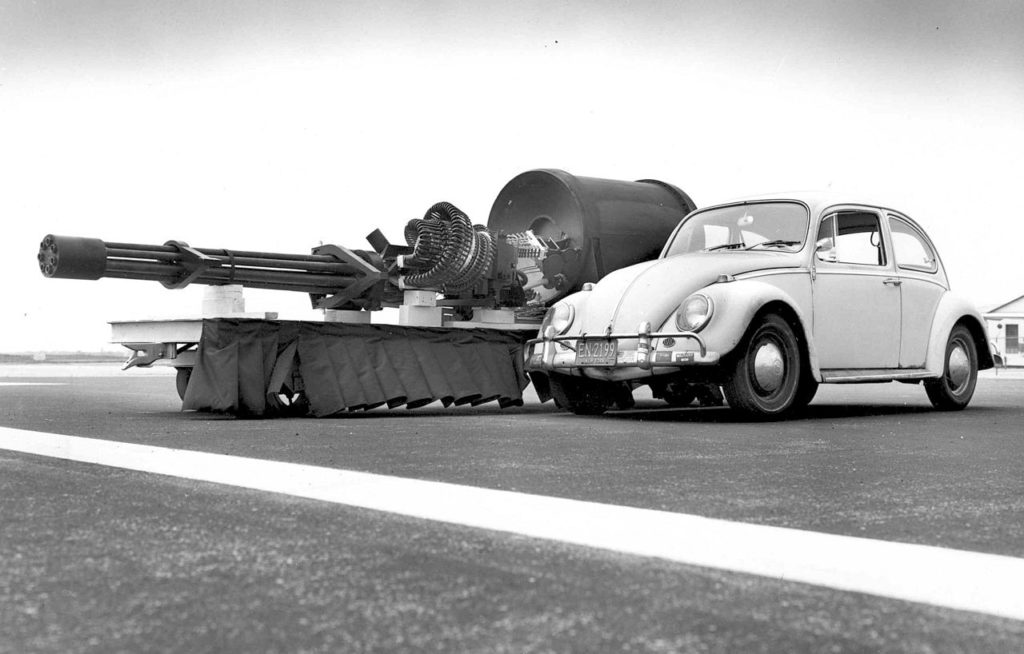
Most tank kills in Desert Storm came at the hands of the AGM-65 Maverick missile shot by the A-10 and the laser-guided, 500-pound Paveway IIs dropped by F-15Es and F-111s. Both were fired or launched from outside the effective range of the GAU-8/A. The GAU-8A has proven a brutally effective strafe weapon in Iraq and Afghanistan, and is particularly handy when supporting ground troops in contact. But this is not enough reason to keep the airplane around. Modern advances in weapons have given the U.S. military equivalent armor-killing performance to the GAU-8A. The APKWS II laser-guided rockets, now used in combat from the F-16, can reliably hit a target smaller than a Mini Cooper, and can do it from outside four miles. With an M-282 warhead, it can penetrate as much armor as a close-range 30mm round, and is much better at penetrating concrete. New ammunition for the new 25mm Gatling guns in the AV-8 and the F-35 gives armor penetration close to the 30mm round, albeit at shorter ranges.
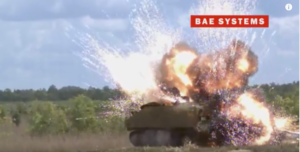
The Replacement
The Concept Formulation Package identified four key characteristics for the CAS mission: responsiveness, lethality, survivability, and simplicity. Counter to some proponents within the Air Force, responsiveness was not determined by speed, but from the ability to operate from forward area basing and extensive loiter time in the battlefield area.
– A-10 Systems Engineering Case Study
The CAS study that underpinned the original A-X recommended “the Air Force should take immediate and positive steps to obtain a specialized close air support aircraft, simpler and cheaper than the A-7, and with equal or better characteristics than the A-1.” A similar recommendation might serve well now. In 1970, the Air Force was preparing for a potential war in central Europe with a massive force structure. Today, it is fighting actual wars in Iraq, Syria, and Afghanistan with a reduced force that has been depleted by 25 years of continuous combat operations.
Washington’s focus on irregular conflicts draws attention to a different set of requirements. Irregular forces rarely have 12.7mm machine guns, much less 14.5mm. They do not have radar. They do, however, have shoulder-launched infra-red SAMs, but not in unlimited numbers. Airfields inside the likely fighting areas, but not in Iraq and Afghanistan (these were built by Yugoslavian and Soviet engineers, respectively) do not have 8,000 ft. of hard-surfaced runway. Fuel consumption is a big deal — the convoy security demands required to support the Air Force’s jet fuel demands in Iraq and Afghanistan led to a significant number of casualties. The need for a tank-busting 30mm cannon is lessened. Maintainability and logistical sustainability in a dusty, austere environment and the ability to operate from short, unimproved airfields may be the key attributes needed in an A-X2. The requirements are the same as they were 40 years ago — responsiveness, lethality, survivability, and simplicity, with the addition of sustainability and affordability. It is just that the criteria by which we judge our response has been shaped by factors that could not have been predicted during the process that led to the original A-X.
I’ve written elsewhere about an affordable vision for tactical airpower, which involves many fewer F-35s, system enhancements to legacy fighters, light attack aircraft, and a restoration of specialized capability to conduct defense suppression. In that vision, a limited number of A-10s are retained, supplemented by turboprop light attack aircraft (OA-X). While comprehensive and baselined within sequester-imposed fiscal limits, it was not entirely complete because it did not envision a practical replacement for the A-10 when those aircraft aged out. Instead, I accepted the fact that the aircraft would not be replaced, but that the 80 percent solution provided by turboprop light attack aircraft would fill the necessary niche today. That picture requires some reexamination in light of the Russian threat to Europe, if for no other reason than the fact that neither the OA-X nor the A-10 can handle an all-weather attack mission in today’s Europe. Aviators need to learn to look beyond their preferred airplanes and take a closer look at the attributes they need and the environment they need them in. That includes the fiscal environment. Even if the aircraft we have fit the bill, that’s still no excuse for not examining our options. After all, in the final analysis the issue is about airpower. It’s not about the airplane.
Col. Mike “Starbaby” Pietrucha was an instructor electronic warfare officer in the mighty F-4G Wild Weasel and the F-15E Strike Eagle, amassing 156 combat missions and taking part in 2.5 SAM kills over 10 combat deployments. He rode in an APC once. As an irregular warfare operations officer, Colonel Pietrucha has two additional combat deployments in the company of US Army infantry, combat engineer, and military police units in Iraq and Afghanistan. The views expressed are those of the author and do not necessarily reflect the official policy or position of the Department of the Air Force or the U.S. government.
Image: U.S. Air Force photo/Tech. Sgt. Cecilio M. Ricardo Jr

